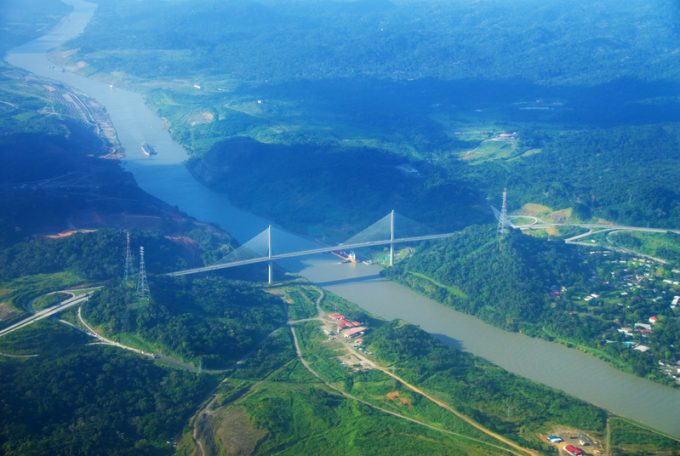Transpac container service closures mount
As spot freight rates on the transpacific trade continue to weaken, the number of service ...

The number of containerships transiting the Panama Canal during its fiscal year ending 30 September declined slightly, by 1.1% to 2,575.
But there could be further reductions after ocean carriers announced a number of blanked sailings in the coming weeks on their Asia-US east coast all-water schedules ahead of the slack season.
Dry ...


Comment on this article
DAVID M KRUSCHWITZ
October 10, 2019 at 2:13 pmNot to be too nerdy, but you reference “exponential growth at US east coast and Gulf coast ports” and then say say box counts on the east and Gulf coasts were up 5.4% and 7% YOY. That’s hardly “exponential” unless you are in the business of hyperbole. I’d call it solid growth, and at the expense of west coast ports, but that’s it.
Alex Lennane
October 10, 2019 at 2:15 pmThat’s a good point – we agree and will change the article. Thank you!
Mike Wackett
October 10, 2019 at 2:35 pmShould have been a reference to the growth since 2016 when the enlarged canal was opened. But then a better choice of word might have been impressive. Thanks for reading and your feedback.